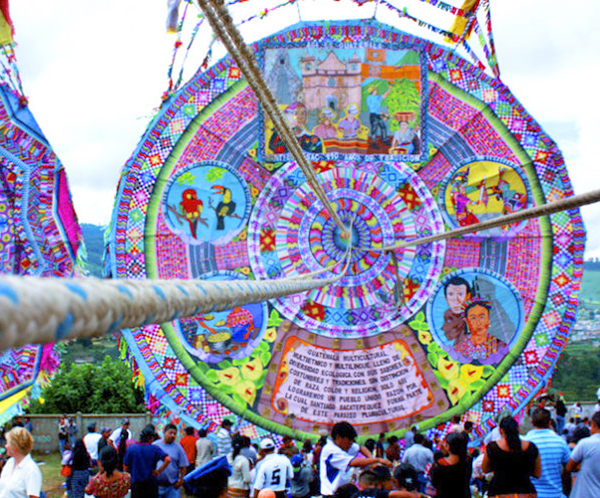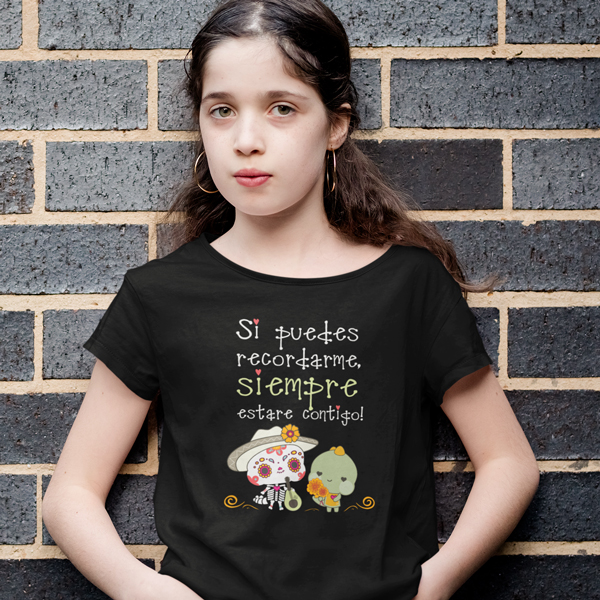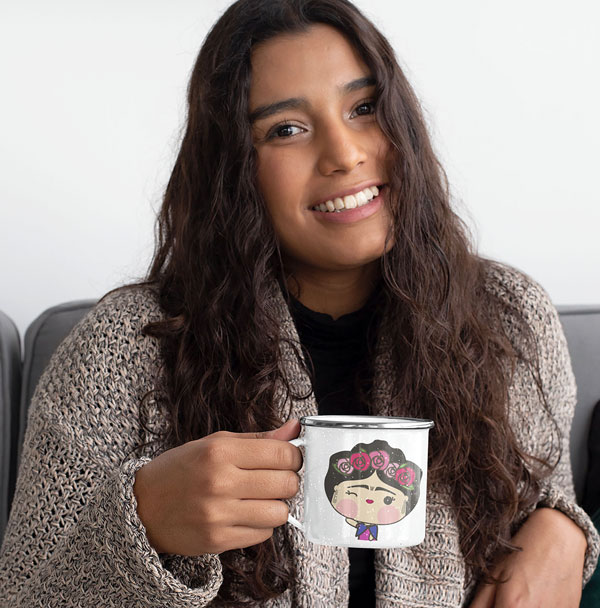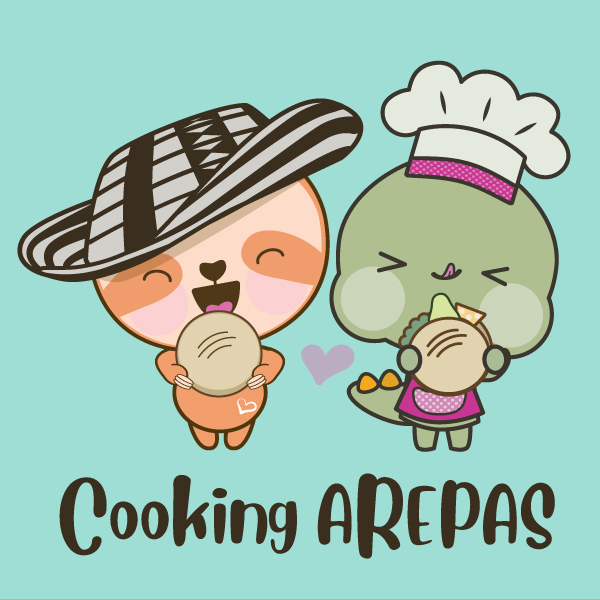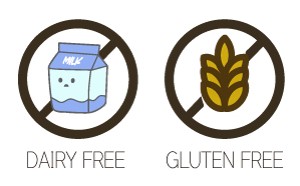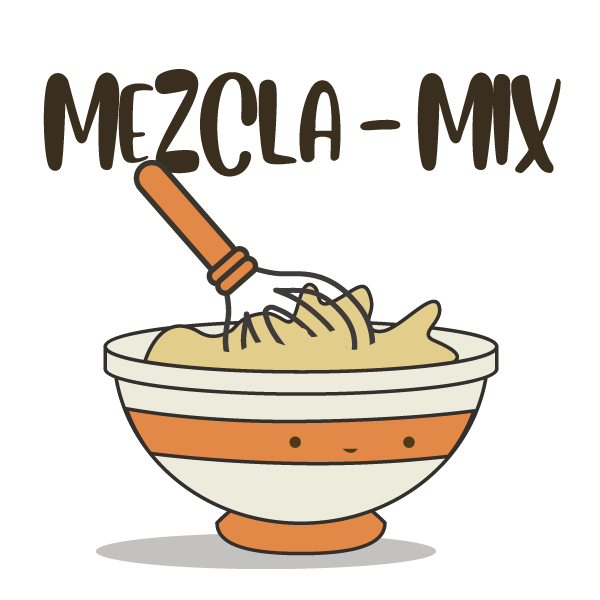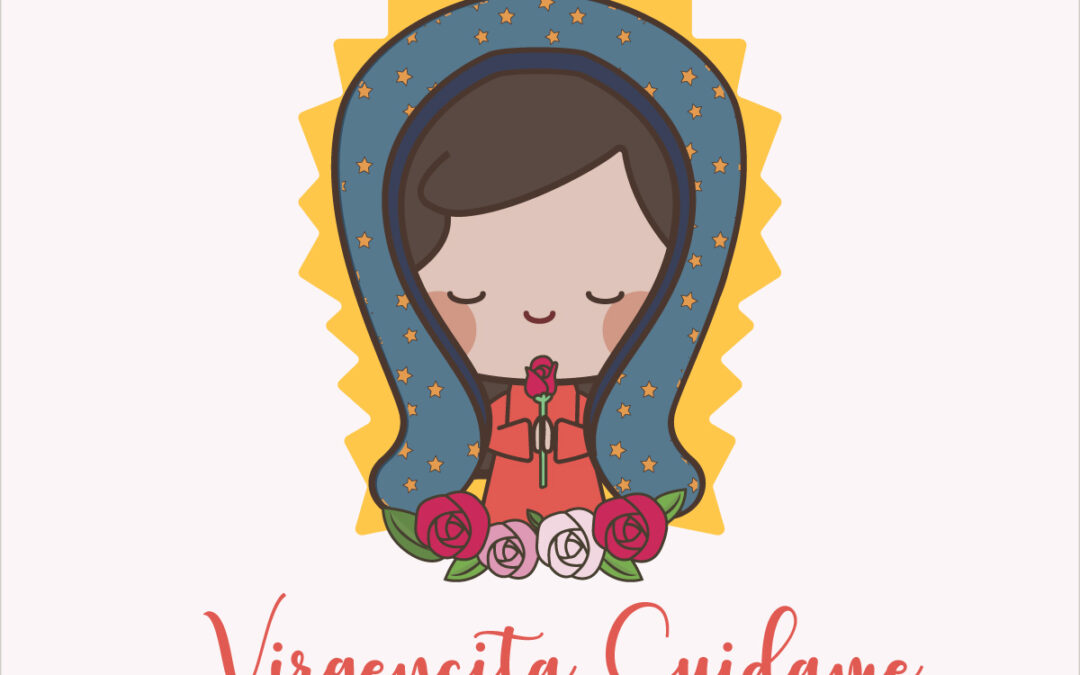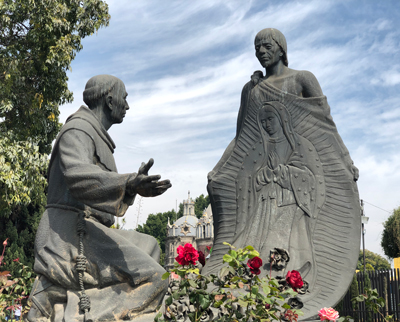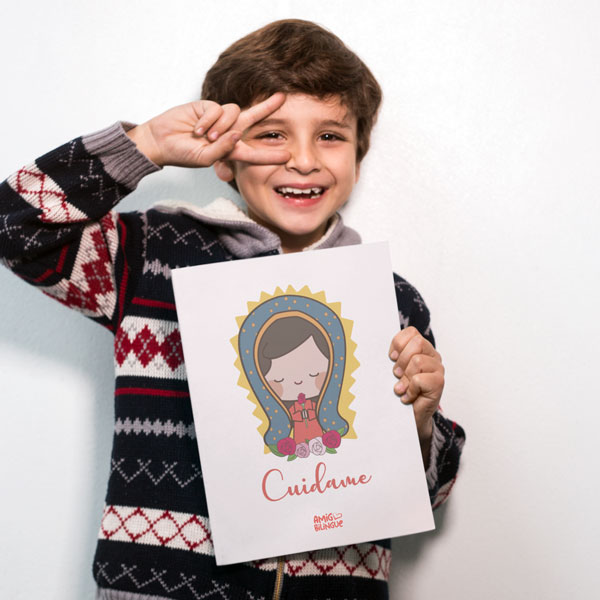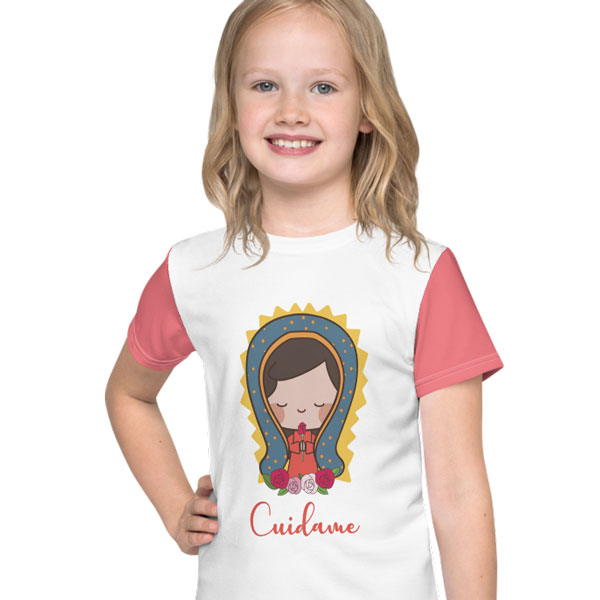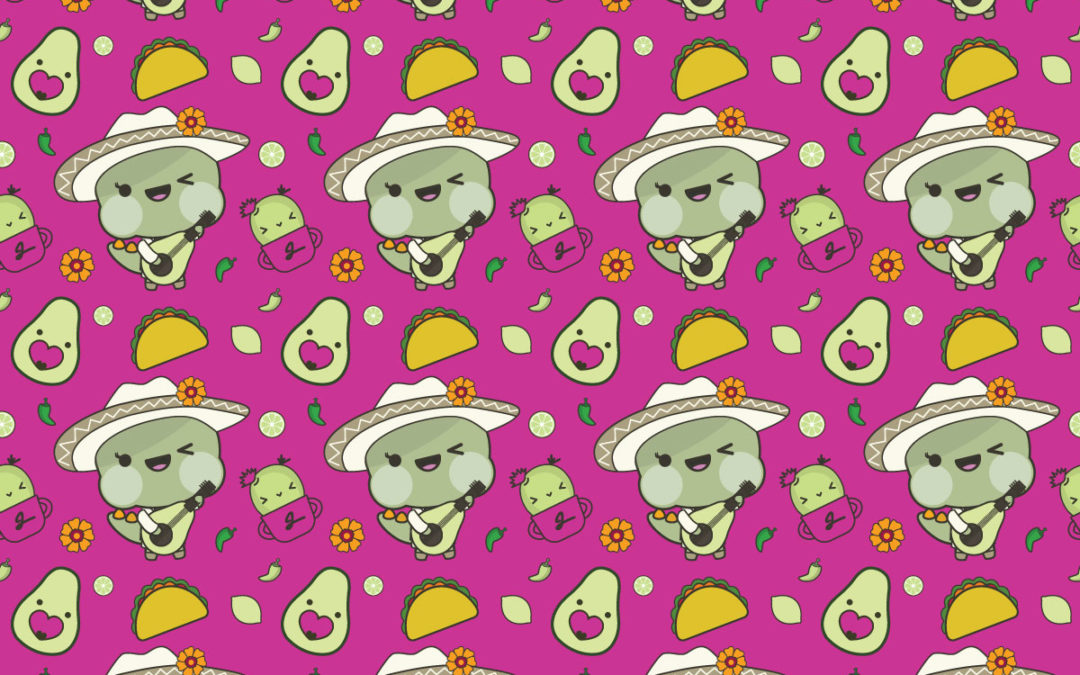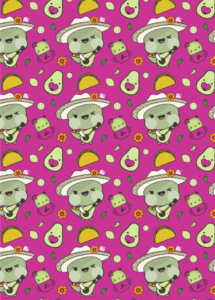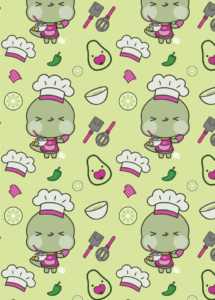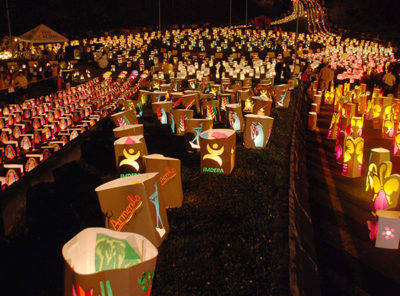
Light up your Christmas. The most illuminated night in Colombia.
The night of the candles, a Colombian tradition
Por: Camila Garcia Voelkl.
In many cultures, Christmas season is characterized by its lights. We light up the tree, we decorate the houses with colored lights and the cities illuminate their streets and main squares. In Colombia, there is a beautiful tradition where the Christmas lights take center stage and it is known as the night of the candles.
How was this tradition born?
Colombia is a country with very strong Catholic roots. The Catholic Church celebrates the Immaculate Conception of the Virgin on December 8, where it is remembered that the Virgin Mary was sinless (immaculate) from her conception. In 1854, colonial times, the tradition of celebrating the Virgin with candles to illuminate her path was consolidated in Colombia. “According to certain theologians, such as Álvaro Rodríguez Vásquez, the night of the candles means the illumination that God made in the Virgin and her acceptance of that divine process”1
Although this celebration is of religious origin, for Colombians it also has a big family and cultural connotation.
The brightest night.
The night of the candles begins on the night of December 7 and the early morning of December 8 when family and friends gather to light up their houses, streets and squares with lanterns, candles and colored gunpowder, in the midst of a festive atmosphere. In some cities like Medellín and Barranquilla, the lights are also placed on the riverbank.
Photo by: http://asomecosafro.com.co/
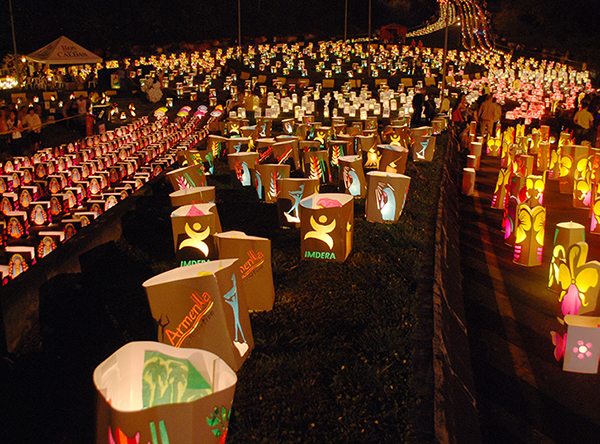
It is perhaps the brightest night of the year in Colombia and the beginning of a month of festivities. It is a tradition full of joy. Each candle is lit with an intention of gratitude for the good things of the current year and with the best wishes for the coming year. For others it is a way to remember loved ones who are no longer with them. For the vast majority, one more reason to share a moment of joy with the family.
Foto por: Cristian Mercado https://zonacero.com/
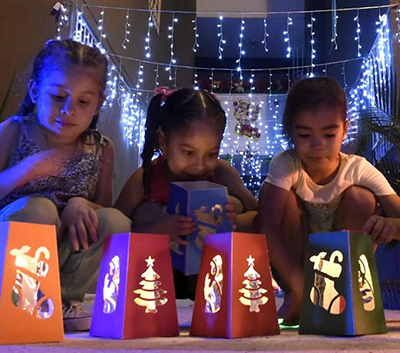
Join the tradition.
The night of the candles is a reason to share and spend time together. For the little ones, the lights fill the moment with magic and become unforgettable moments of the season. The tradition is not limited to the night. It starts with making handmade lanterns at home using colored paper and decorating them with Christmas motifs. The tradition is to use wax candles and gather around the candles, telling stories and sharing something to eat while watching the candles burn little by little. However, for safety reasons with small children, you can also use LED lights.
How to make a lantern at home:
Si encontraste util este post, ayudame a seguir compartiendo nuestras tradiciones!


